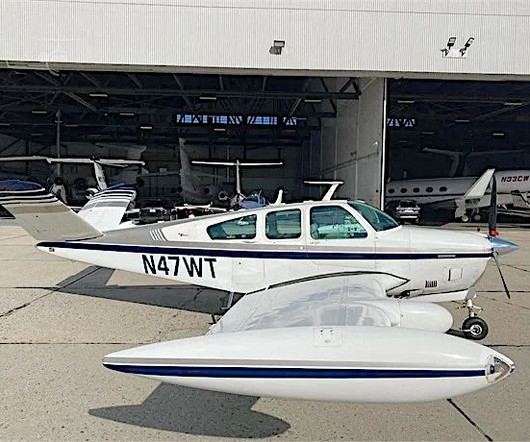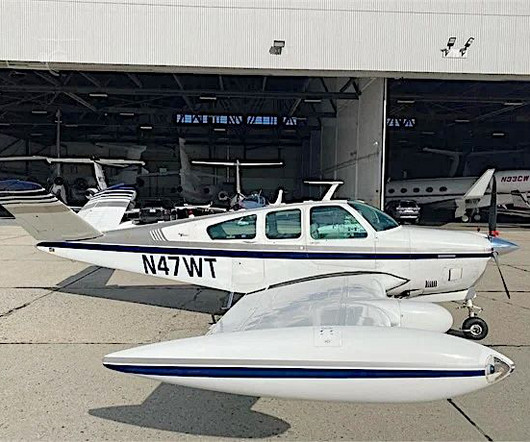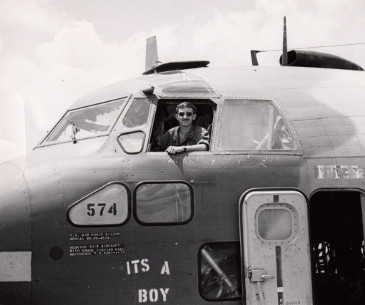Today in Aviation History: First Flight of the Bell X-14
Vintage Aviation News
FEBRUARY 19, 2025
(Wright State University) The original configuration of the Bell Model 68 was an open cockpit all-metal monoplane with fixed landing gear that was powered by two Armstrong Siddeley Viper turbojet engines with thrust deflectors located at the aircraft’s center of gravity.















Let's personalize your content